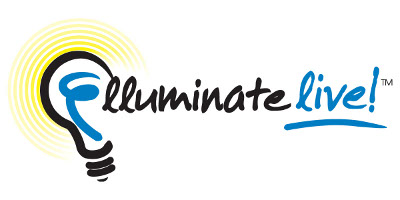- Abiotic: the part of an ecosystem that consists of its inorganic components (e.g. sunlight, water, soil, air). Its analogy refers to physical setting, location of the computers, grades, and subjects taught.
- Biotic: the part of an ecosystem that consists of populations of organisms or species. The biotic component of a functional ecosystem has many species, each having a niche and occupying a unique habitat. Its analogy refers to teachers, students, parents, and administrators.
- Diversity: an ecosystem that contains many types of species, species, each having a different set of characteristics and occupying a unique niche. Its analogy refers to different teachers, students, and technologies in the school.
- Dominant species: the few species that are common, compared to the large number of rare species, which can be as important as the dominant ones. Its analogy refers to students, while rare species may refer to administrators, engineers, and support staff.
- Ecology: literally means the study of households, including the plants, animals, microbes, and people that live together as interdependent beings. It is a discipline that has increasingly emphasized holistic studies of both parts and wholes. The article examines the ecology of our school system.
- Ecosystem: the lowest level in the ecological hierarchy; it is complete with all the necessary components for function and survival over the long term. An ecosystem is an open and dynamic system, with things constantly entering and leaving. Ecosystems contain both abiotic and biotic communities. Ecosystems also have the tendency or ability to achieve homeostasis or internal equilibrium, a key ecological phenomenon. Its analogy refers to the school.
- Habitat: the place where the species lives. Its analogy refers to the classroom.
- Hierarchy: a way of arranging things in graded compartments; a fundamental concept in ecology that enables the holistic study of both parts and wholes.
- Homeostasis: the tendency or ability, found at all levels of the ecological hierarchy, to keep a natural long-term balance. Its analogy refers to a well-functioning classroom.
- Introduced species: a foreign species which has been intentionally introduced to an ecosystem by humans to effect some form of gain. Its analogy refers to new technology.
- Invasive species: a foreign species whose introduction is likely to negatively affect an ecosystem. Its analogy refers to new technology.
- Keystone species: the most important species in an ecosystem; they exert some kind of controlling influence over the system although they may not be dominants. Its analogy refers to teachers.
- Meme: a concept for discussion of evolutionary principles in explaining the spread of ideas and cultural phenomena, which has three properties:
- longevity: the amount of time an idea is put into practice;
- fecundity: the capacity of some computers uses to spread more quickly than others;
- copy fidelity: the inevitable changes improvements to a technology’s original design.
- Niche: the role that the species plays in the ecosystem. Its analogy refers to the teacher’s subject area or grade level.
- Reciprocal altruism: a behavior whereby an organism acts in a manner that temporarily reduces its fitness while increasing another organism’s fitness, with the expectation that the other organism will act in a similar manner at a later time. Colloquially known as “If you scratch my back, I’ll scratch yours.” Its analogy refers to a teacher’s behavior, as a keystone species, in the school system.
- Species: a living thing. Its analogy refers to the teachers, administrators, students as well as current technology and new technology.
… in search of homeostasis

